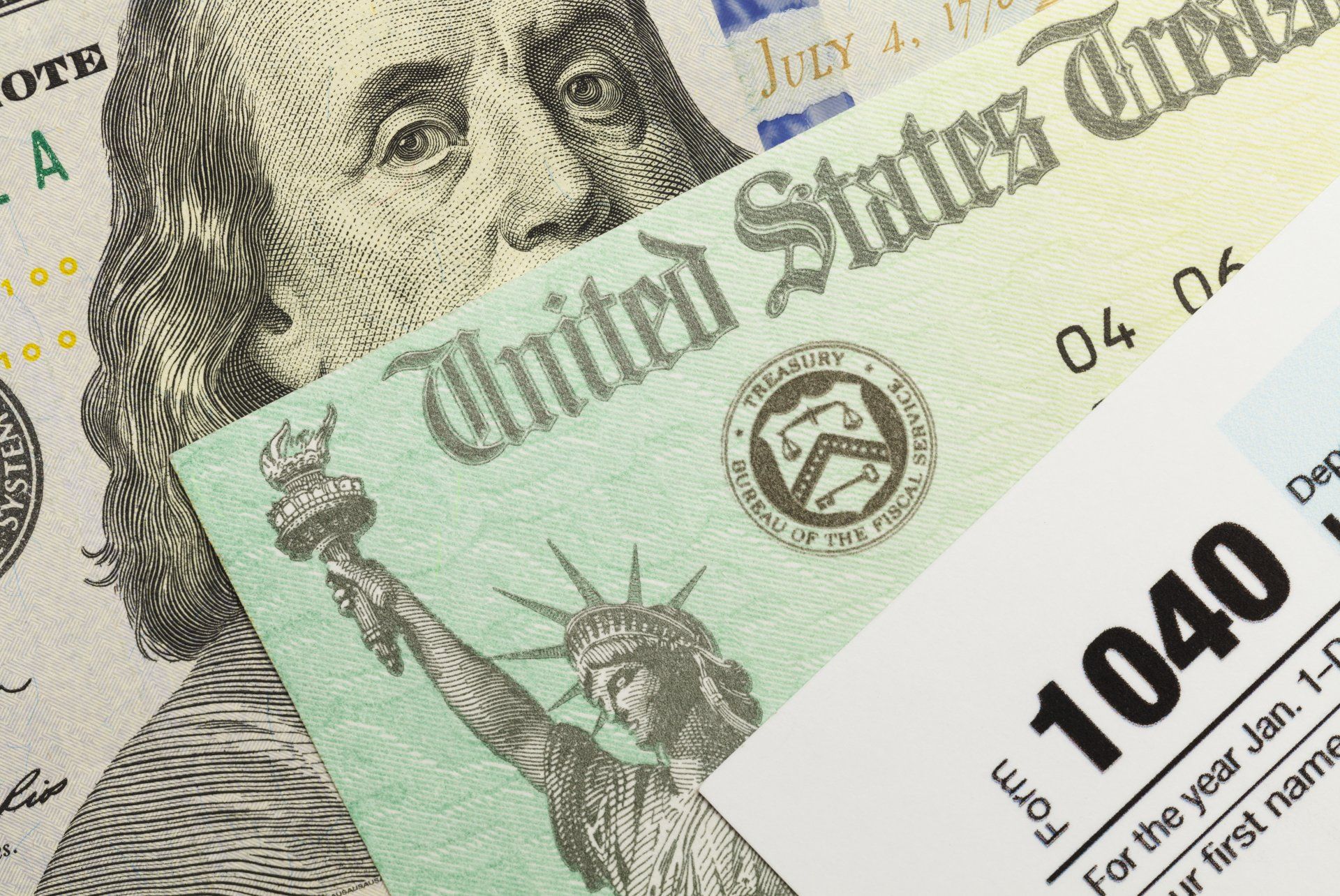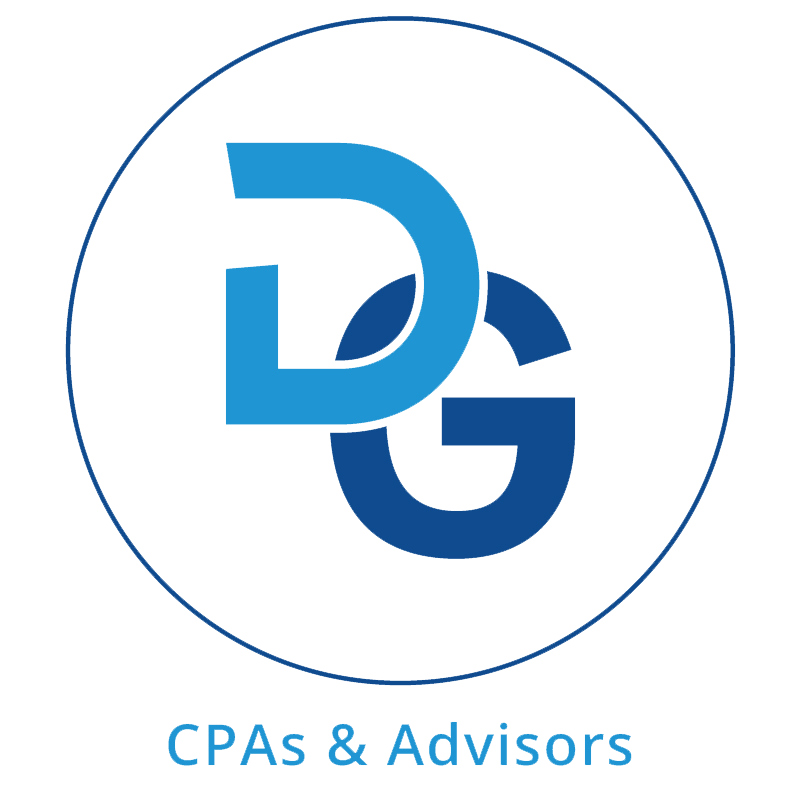New Law Refreshes Key Loan Programs for Businesses

May 1, 2020
by Gregory S. Dowell
Important Reminder for Business Owners and Nonprofits
This is a reminder that on April 24th, President Trump signed into law a new bill that added $310 billion to replenish the Paycheck Protection Program Loans (the PPPL was funded at $250 billion) and the Economic Injury Disaster Loans (EIDL was funded at $60 billion). We first communicated to you about these programs in late March and early April. The first funds allocated to both of these programs were exhausted; hence the need for replenishment.
The PPPL may be forgiven if the borrowers maintain their payrolls and meet other criteria. The EIDL has a forgivable feature to it as well, with the cap set at $10,000; any amount not forgiven could be paid back at a 1% interest rate over two years. As of May 1st, the SBA website indicates that they are no longer accepting new applications for the EIDL, as funding has been exhausted. The remainder of this communication will focus only on the PPPL.
Key attributes of the Paycheck Protection Program are:
1. Small business or nonprofit (501 (c)(3)) with fewer than 500 employees (500 employees includes full-time and part-time); includes all affiliates, subsidiaries, and businesses under common control; exceptions apply for businesses in the food service sector, franchises, and SBIC-financed businesses
2. Self-employed individual carrying on a trade or business
3. These loans go up to 10 years, with up to 6 to 12 months of forbearance at the outset
4. Maximum loan amounts are the lesser of $10 million or 2.5 times the average monthly payroll for the 12 months preceding the loan funding
5. Payroll compensation includes tips, medical insurance costs, paid leave, severance, retirement plan contributions, and state and local employment taxes
6. Payroll calculations can include leased employees
7. Individual employee compensation is limited to $100,000 per year
8. All payment obligations must have been in existence prior to 2-15-20
9. No personal guarantees required for these loans
Loan forgiveness is also included:
1. Amounts eligible to be forgiven are amounts spent on payroll, mortgage interest, rent, utilities, and interest on other debt obligations.
2. Loan will be fully forgiven to the extent it is expended during the first 8 weeks following funding, if average number of employees is not changed from the average number of employees from 2-15-19 to 6-30-19 or from 1-1-20 to 2-29-20.
3. No employee may have their compensation reduced during the period by more than 25%
4. Violations of either of the above will result in a proportionate amount of the loan remaining outstanding and the remainder being forgiven. If employees separated between 2-15-20 and 4-27-20 but are rehired by 6-30-20, they will be treated as having been employed throughout the period.
5. Forgiven loan is not taxable for Federal income tax purposes.
6. If any part of the loan is forgiven, employer is not eligible for 2-year deferral of employer’s share of Social Security taxes.
The portion not forgiven will be repayable over a maximum of 10 years, with interest capped at 4%.
Paycheck Protection loans are administered by the Small Business Administration (SBA). The loans may be applied for directly through a bank qualified as an SBA lender or through the SBA.
We have been advised that, due to the expected volume of applications, banks may likely only process loans of existing customers at first.
The actual application document is simple and requires just one numerical input for average monthly payroll. The banks are responsible for gathering all supporting information. Time is of the essence, as the PPPL funds will likely be exhausted in the next few days. We advise businesses and nonprofits who believe they have been impacted by the coronavirus to contact their banks and to apply immediately. Begin compiling all of the necessary documents that the SBA will require as soon as possible, which might include documents to verify:
1) Number of employees as of 2/15/2020.
2) Payroll information from 2019 and projected May 2020 and June 2020 (more guidance to come on acceptable formats)
3) Documentation on leases, mortgages, and utilities:
a. Evidence of payment amounts and balances due on mortgages and leases
b. Utility bills for 2019 to present (electric, gas, water, transportation, telephone, internet)
4) Current 2020 financial statements
5) 2019 financial statements
6) 2019 (if filed), 2018, 2017, and 2016 tax returns
7) Proof of liability insurance
8) Copies of organizational documents, including:
a. Bylaws (for a Corporation); Operating Agreement (for an LLC)
b. Articles of Incorporation (for a Corporation); Articles of Organization (for an LLC)
The situation is fluid and it is important to act quickly. Additional funding may come at a later date, but there is no certainty.










